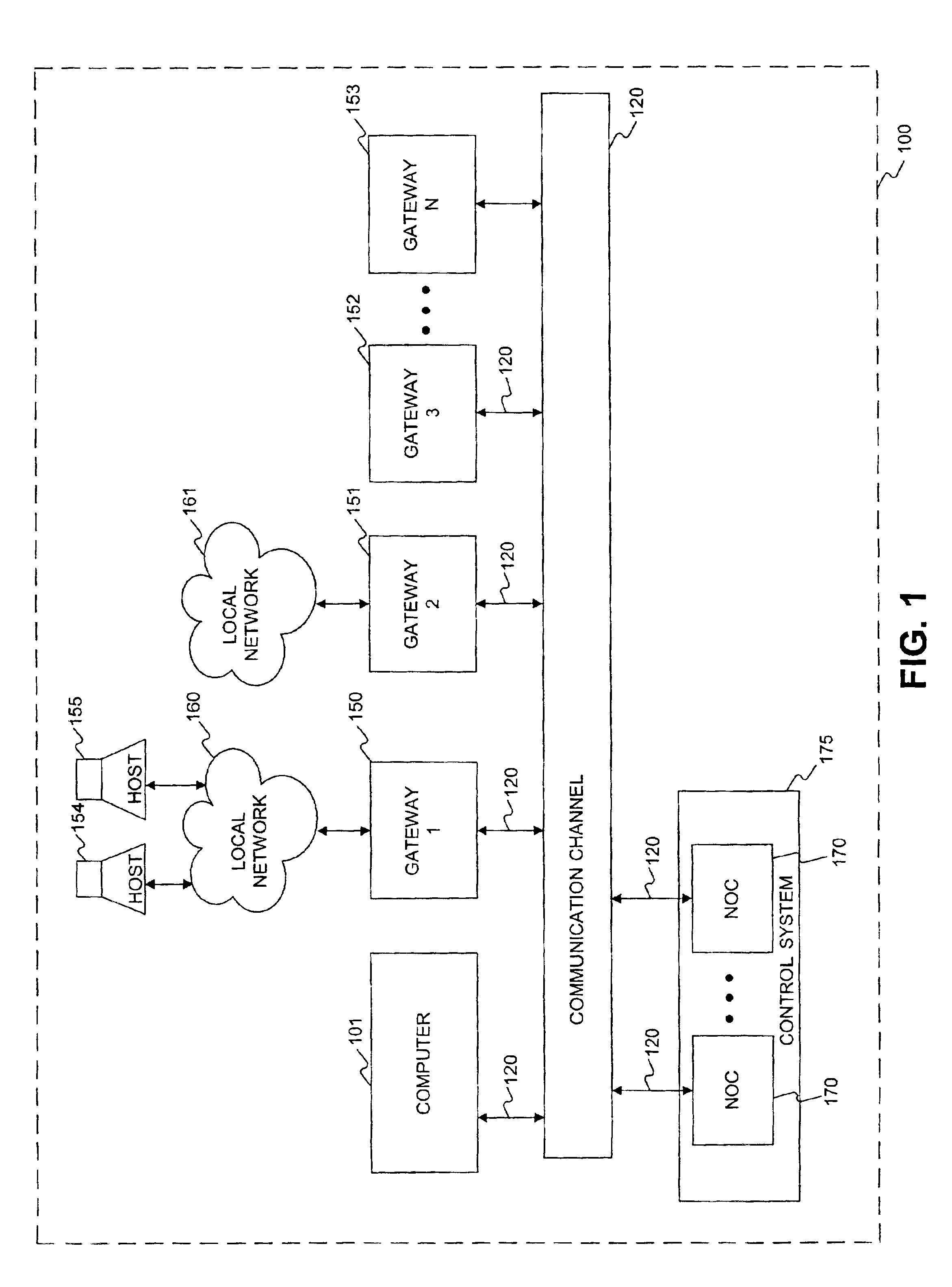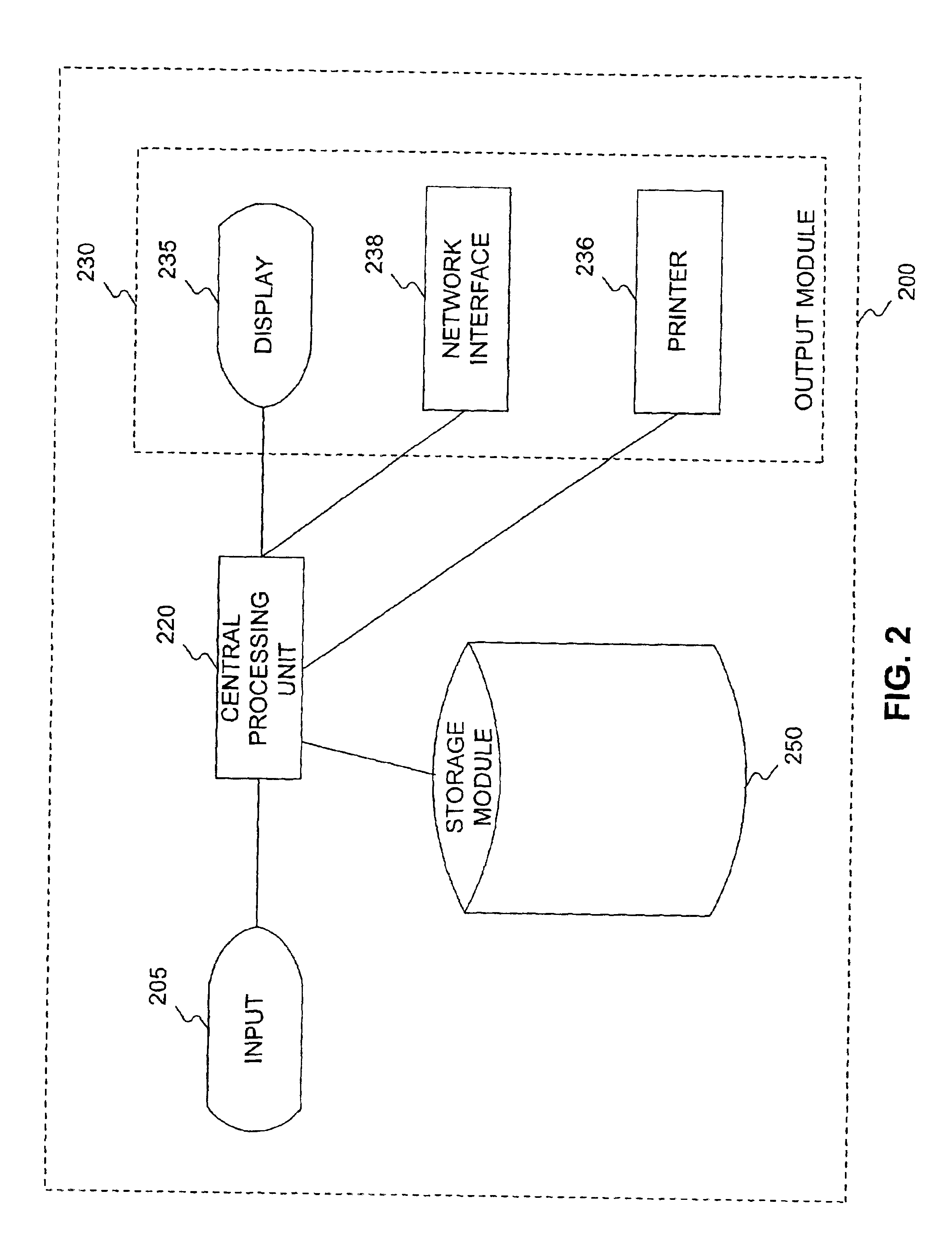Methods and systems for hairpins in virtual networks
a virtual network and hairpin technology, applied in the field of systems and methods for controlling networks, can solve the problems of long initial installation time, high cost, and high cost of frame relay networks, and achieve the effect of facilitating and effectively leveraging power, without complexity, cost, or tim
- Summary
- Abstract
- Description
- Claims
- Application Information
AI Technical Summary
Benefits of technology
Problems solved by technology
Method used
Image
Examples
Embodiment Construction
[0002]1. Field of the Invention
[0003]The present invention relates to systems and methods for controlling networks, and in particular, to systems and methods for implementing virtual private networks.
[0004]2. Background of the Invention
[0005]Wide area networks allow users to access company files and computer programs, regardless of where users are geographically located. Until recently, building wide area networks remained the province of only the largest corporations or companies with enough technical skill and financial resources. Organizations have used a range of approaches to building wide area networks to connect remote offices, partners, or employees. These “traditional” approaches to connectivity include, for example, point-to-point leased lines, packet switched networks, and dedicated virtual private networks (VPNs).
[0006]Point-to-point leased lines are physical networks requiring the engineering of separate links between sites that need to communicate with each other. Poin...
PUM
 Login to View More
Login to View More Abstract
Description
Claims
Application Information
 Login to View More
Login to View More - R&D
- Intellectual Property
- Life Sciences
- Materials
- Tech Scout
- Unparalleled Data Quality
- Higher Quality Content
- 60% Fewer Hallucinations
Browse by: Latest US Patents, China's latest patents, Technical Efficacy Thesaurus, Application Domain, Technology Topic, Popular Technical Reports.
© 2025 PatSnap. All rights reserved.Legal|Privacy policy|Modern Slavery Act Transparency Statement|Sitemap|About US| Contact US: help@patsnap.com



